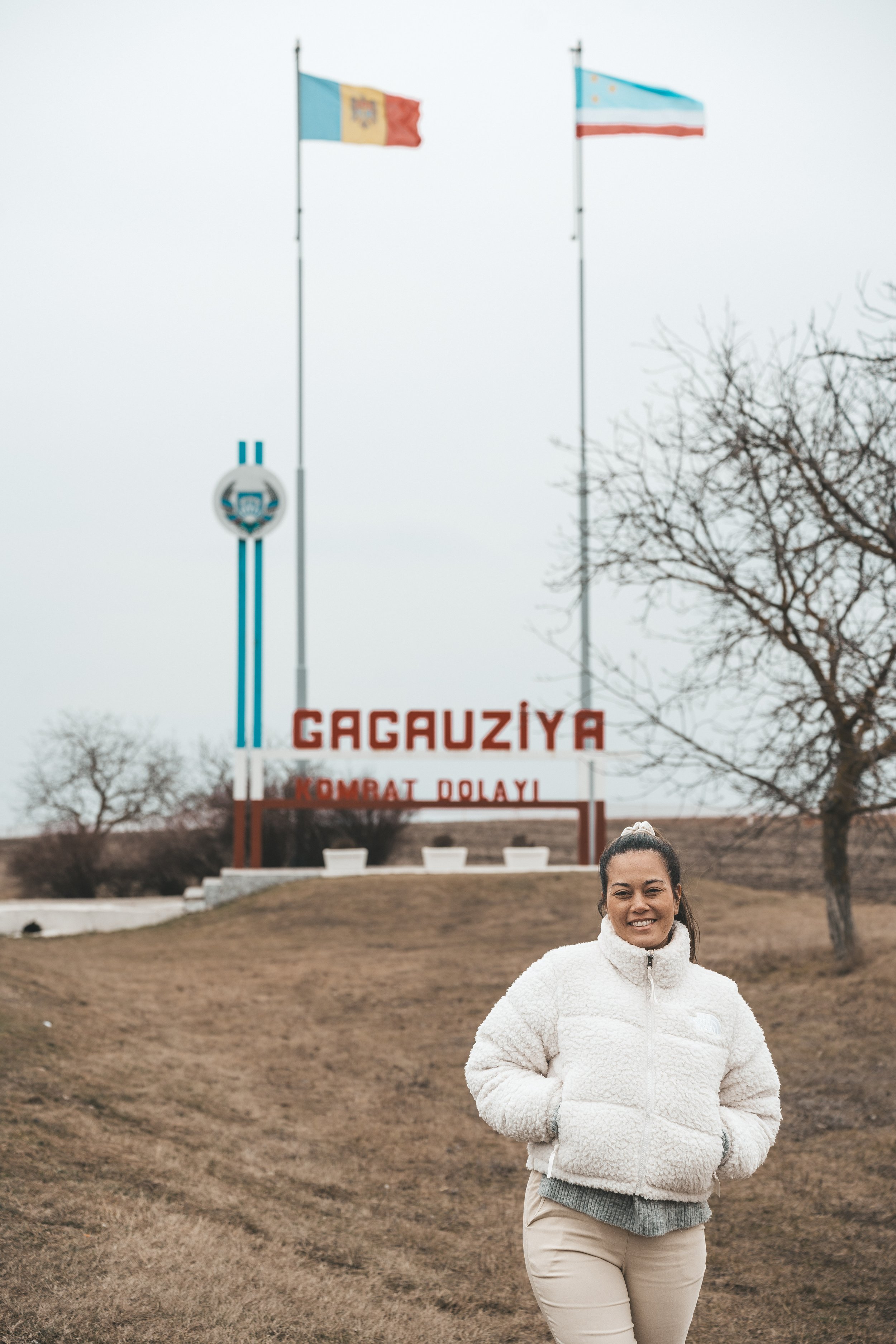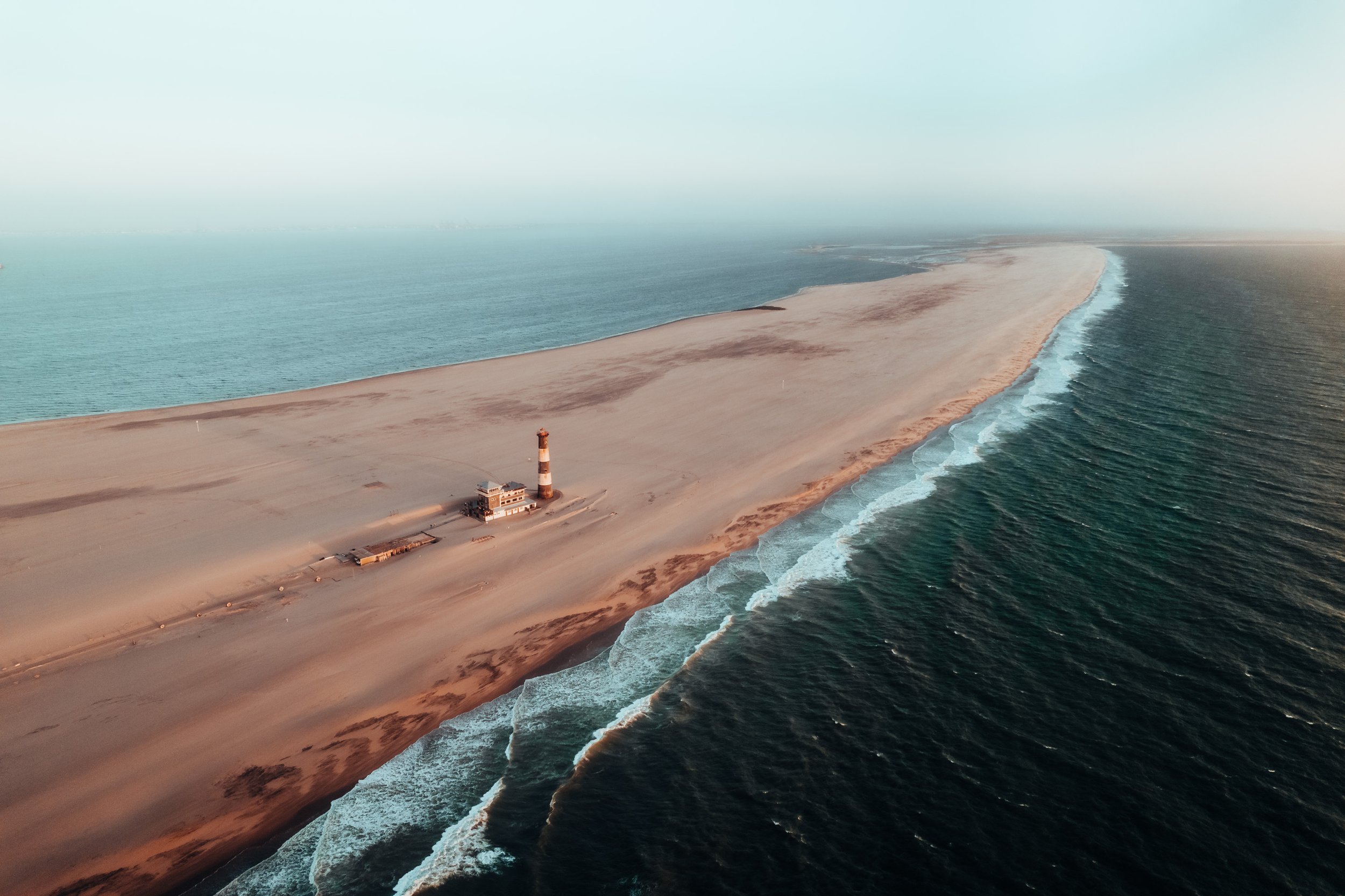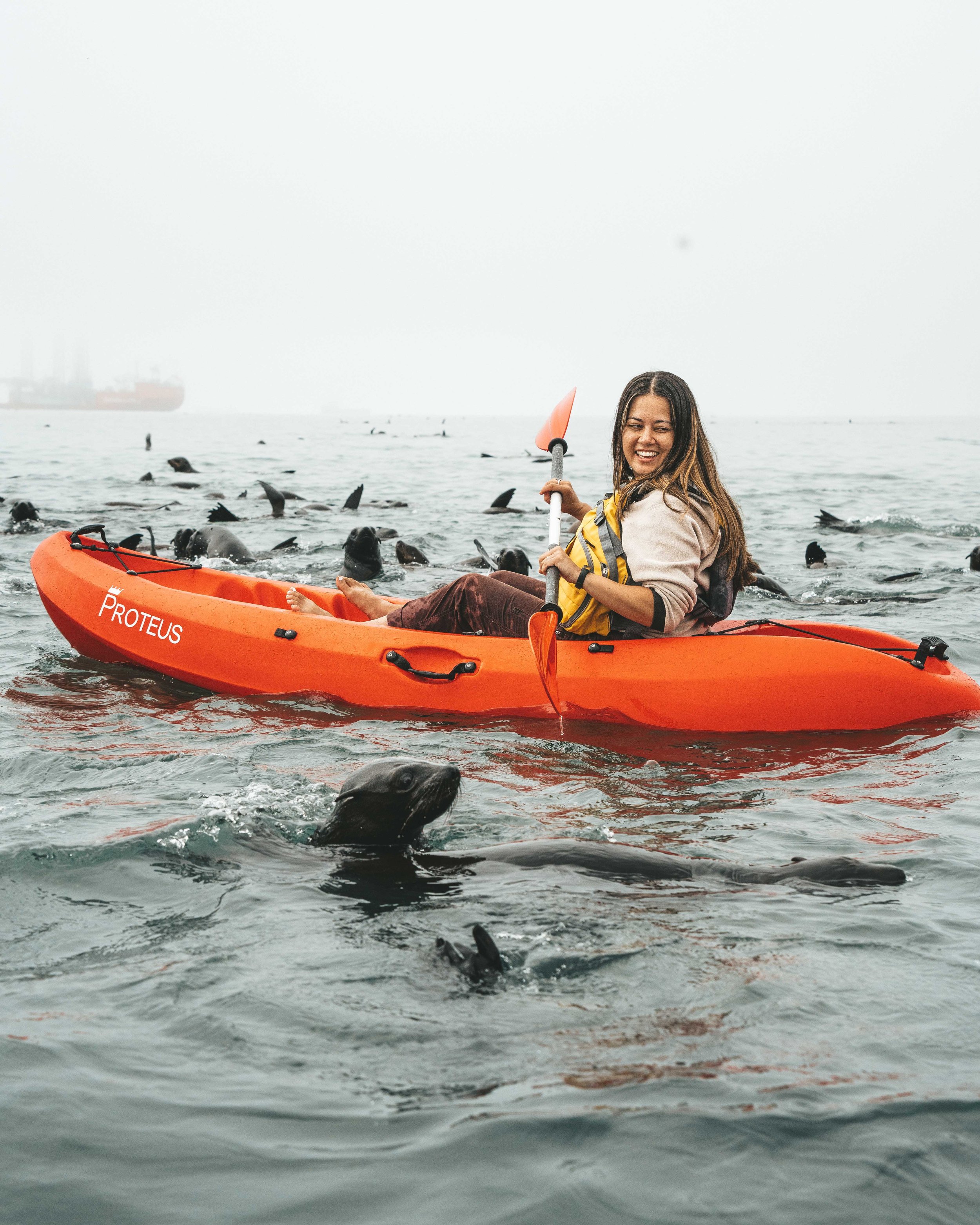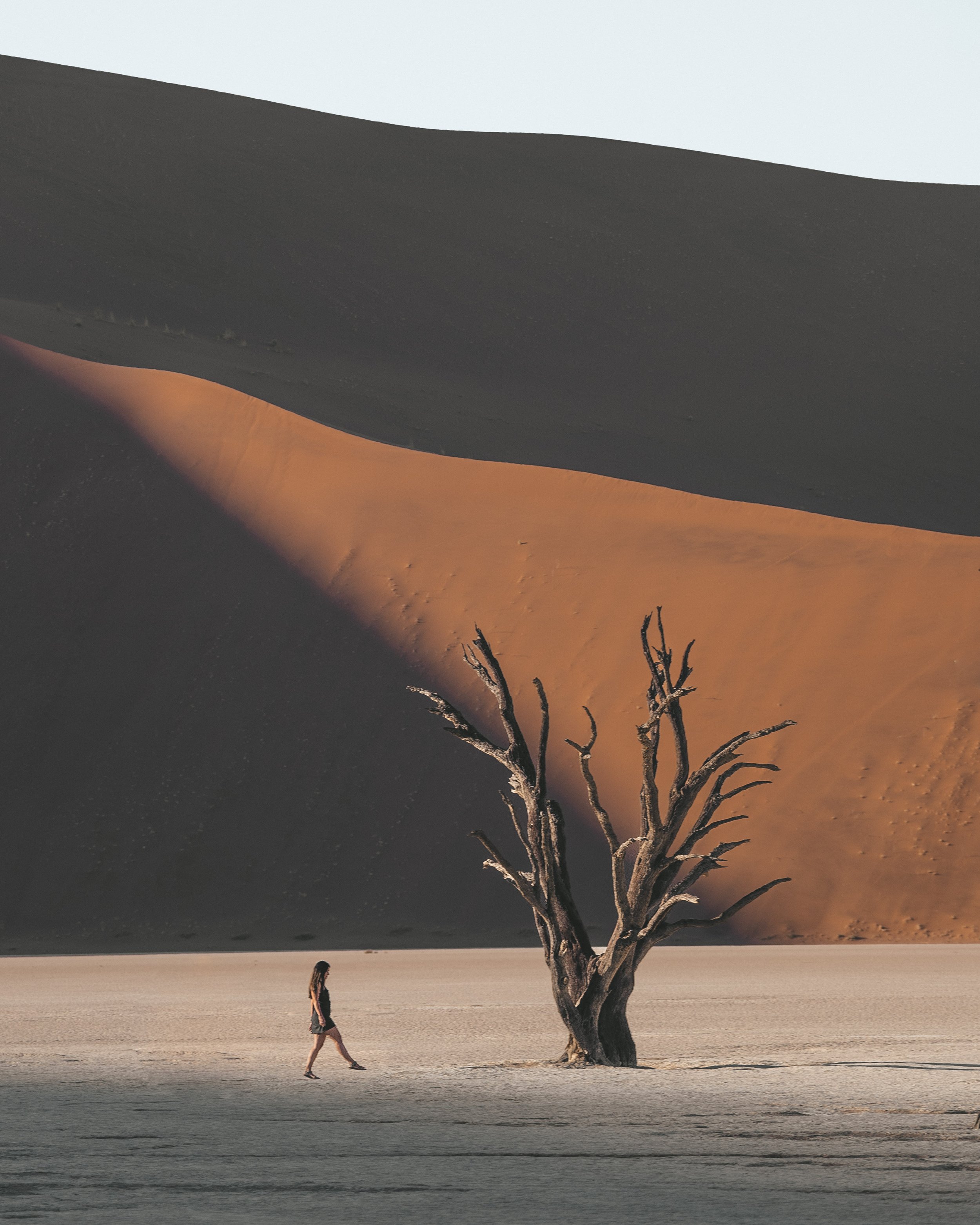Itinerary for every country in the Pacific
I just want to preface by saying that I know this is a really fast-paced schedule, and if you should plan extra time at the end of your trip just in case something goes wrong. In total this trip was 24 days long, or 3.5 weeks, but most travelers plan 1+ months to do this. Also flight schedules change all the time so that’s another thing you should be aware of.
“But how can you even see a country in just a few days?”
Ah yes, the question every country-counter gets. The Pacific is extremely expensive and time-consuming to visit, so unless you’re keen on visiting far outer islands, have money to burn, get a lot of time off work or aren’t working etc, you’re probably going to be in the same boat (and probably why you’re reading this blog post :) Plus, I did walk the entire perimeter of Nauru in 3.5 hours so there’s that. Anyways, here’s a brief itinerary on visiting every country in the Pacific, but if you want more in-depth details feel free to click on the country for the full blog post
PAPUA NEW GUINEA
The first stop of this trip; I planned the whole trip around the fact that I wanted to visit the Mount Hagen Festival, which you can read about how I avoided a $3000+ tour and did it independently here.
DAY 1: ARRIVAL IN PORT MORESBY, PAPUA NEW GUINEA
My flight from Manila arrived at 8 AM, but was an hour late. My friends and I had booked the 11:50 AM flight to Mt. Hagen give enough cushion room since flights are notoriously known to be late, but that flight was also horrendously delayed by four hours. I recommend booking a morning flight to Mt. Hagen since the flights are always late, and the afternoon flights usually get cancelled due to morning flight delays and weather. If you can, arrive the day before and stay the night in Port Moresby, then get on the first flight the next morning.
DAY 2: MT. HAGEN FESTIVAL
This always takes place over a weekend in mid-August. There’s also a festival that happens in September, but I won’t go into too many details since you can read about how I visited the Mt. Hagen Festival independently here.
DAY 3: MT. HAGEN FESTIVAL
Honestly, I found one day to be enough since they’re the same events on both days; we should have flown out today / Sunday afternoon, but I didn’t know anyone who’s done this outside of a tour so I had no idea. Another recommendation I would make is you could get a driver to take you to Goroka on this day to see the other tribes and fly out of there instead.
DAY 4: MT. HAGEN
We were supposed to fly out on this day (the Monday after the weekend festival), but flights got so delayed it was cancelled. Like I mentioned previously, get in and get out if you’re flying because it’s just so chaotic. Luckily Air Niugini provided us with a free hotel room for the night along with meals and transport.
DAY 5: PORT MORESBY
This is where it gets even funnier; we were supposed to fly back to Port Moresby to catch a flight to the Solomon Islands, but when the plane got into Mt. Hagen it broke down. We were all pretty annoyed by this point, but another plane flew in later that day and we finally got back to Port Moresby. Air Niugini provided us with a free hotel room for the night along with meals and transport. Since we missed our flight to the Solomon Islands and afterwards were supposed to fly to Brisbane, Air Niugini provided us with a free flight to Brisbane instead.
I have to say, for a tiny airline they have fantastic customer service, but they could probably save some money by having a newer fleet of planes that don’t break down so much ha ha. Moral of the story is, what was supposed to only be three days in PNG turned into five, along with missing the Solomon Islands, so always plan extra time and don’t make your itinerary too tight.
AUSTRALIA
DAY 6: ARRIVAL IN BRISBANE
I was thankful that Air Niugini at least gave us a free flight to Brisbane after completely missing the Solomon Islands, and now we were back on track for the Nauru loop. Despite having applied for the Nauru visa over a month prior to the trip, we still hadn’t received it. The man who processes the visas at the embassy in Brisbane kept saying, “don’t worry, you’ll get it,” but at this point we were worried since our flight out was tomorrow. We paid a visit to the embassy to talk to them in person, and it was still “no worries I’ll call them up today,” but sure enough we got them later that afternoon.
DAY 7: THE NAURU LOOP
We had enough time to do a little bit of exploring, but there isn’t a whole lot to do in the city of Brisbane itself. We ended up visiting the Lone Pine Koala Sanctuary, which was fun to do for a few hours to see all the unique animals of Australia.
SEARCH | Alternatively, check out Getyourguide.com for more things to do in Brisbane.
In the late afternoon we headed to the airport for our 10 PM flight to Kiribati, with a short layover in Nauru. Nauru Airlines is really strict about luggage weight; I’m usually really good about negotiating to keep my backpack with me since it has all my electronics but they refused. I ended up putting my electronics into my foldable pocket-sized backpack and having to check-in my regular backpack.
KIRIBATI
DAY 8: ARRIVAL IN TARAWA
We arrived in Tarawa, Kiribati at 7 AM and the owner of the guesthouse we were staying at was there to greet us. Usually there’s a booth at the airport where you can buy sim cards, but because it was so early in the morning no one was there. The guesthouse ended up having good wifi and we were only there for a night so it was fine.
Getting around the island is easy; you just walk out to the main road (there’s only one haha) and flag down a minibus in the direction you want to go. We spent the afternoon checking out the massive WWII artillery guns and bunkers around the island.
nauru
DAY 9: ARRIVAL IN NAURU
Our flight to Nauru wasn’t until 6 PM, so in the early morning we took a minibus to the airport, hitchhiked on the back of a truck until the North Tarawa bridge, walked 35 minutes to the beach at Abatao, then took a small boat across the water to check out the buias at Tabon te Keekee Ecolodge. Buias are traditional raised houses either overwater or on land.
We arrived in Nauru at 7:30 PM and someone from the hotel we were staying at came to pick us up. The restaurant options were limited — there were only two Chinese restaurants within walking distance of the hotel and they were not good. We pointed to the chicken fried rice on the menu on the wall and the owner nodded, goes into the kitchen with a cigarette hanging off his lip; you could see he dumped white rice into a wok that had was clearly not cleaned from the previous dish he cooked, along with chopped some chicken with bones that was sitting out on a cutting board. Wasn’t my favorite meal but I’ll never forget it hahaha.
DAY 10: WALKING THE PERIMETER OF NAURU
The perimeter of the country of Nauru is about 20 km and takes around 3.5 hours to walk it. I recommend getting up as early as possible, even before the sun is up. We left at dawn at 6:30 AM and it still felt too late; by the time it’s 8:30 AM it is way too hot. If I were to do it again I would find a bike to rent and do it that way, it would be much more enjoyable to do a quick bike ride at sunrise.
Our flight back to Brisbane was at 5 PM; we basically just checked into a hotel then went back to the airport first thing the next morning.
vanuatu
DAY 11: ARRIVAL IN PORT VILA
Our original plan was to do the Mt. Yasur volcano, but unfortunately with Air Vanuatu liquidating and crashes with other airline companies, we weren’t able to visit. I believe you can now visit on certain days of the week if you want to look into it.
We got in at 2 PM and did the usual money exchange, sim cards, rented a car, then found the guesthouse we were staying at. After dinner we met up with some friends at a kava bar.
DAY 12: EXPLORING PORT VILA
One day was perfect to explore the whole island. I’ll go more into depth on my Vanuatu blog post but here’s a quick itinerary of the day:
DAY 13: THE FIJI AIRWAYS LOOP
In the morning we went to Ekasup Cultural Village before heading to the airport to catch our flight to Tonga at 5 PM, with a quick layover in Fiji. This is where the “Fiji Loop” begins.
tonga
DAY 14: ARRIVAL IN NUKU’ALOFA
We got in a little after midnight and our guesthouse owner picked us up from the airport. They were able to set us up with a rental car, and we drove to the “Stonehenge of the Pacific” and the Anahulu Cave.
DAY 15: SWIMMING WITH HUMPBACK WHALES
This has been on my bucketlist for a long time and August / September is the best time to do this. It is an expensive excursion, so you want to be aware of who you book with — some tours pack 30+ people onto a boat so it’s hard to get time in the water before the whales get scared off. I highly recommend finding a private boat driver with maximum six people onboard so you get the best experience and value for your money.
samoa
DAY 16: ARRIVAL IN APIA
We arrived in Apia at 4 PM and decided to rent a car; the car rental office was in town so we had to haggle with a taxi driver to take us down there. Some friends of ours from Papua New Guinea were also in Samoa so we met up in the evening for a cultural show and got to have traditional food and watch some dances.
DAY 17: DRIVING AROUND THE ISLAND
I’ll share more details in a separate blog post, but here’s a short guide to the activities we managed to squeeze in:
Sopoaga Falls
ToSua Ocean Trench
Lalomanu Beach
Papapapaitai Falls
TUVALU
DAY 18: FLYING INTO FUNAFUTI
We got in at 11 AM; our hotel was a minute walk from the airport so we settled in and saw someone across the street renting scooters. We rented one for the day and drove from one end of the island to the other. At sunset the airport runway turned into a soccer field so we spent the rest of the evening hanging out!
fiji
DAY 19: SUVA
Our flight departed Tuvalu around noon and we got into Suva, Fiji at 3:30 PM. We stayed at a guesthouse right next to the airport, but took a taxi to check out the city. Definitely recommend getting Indian food if you’ve been disappointed by all the not-so-great Chinese restaurants around the south Pacific.
DAY 20: NADI
We flew from Suva to Nadi at 6:30 AM, and we got picked up from the airport to go to a floating bar for the day. It was honestly so spectacular after such an exhausting few weeks in the Pacific. Great food and drinks and perfect relaxation time.
solomon islands
DAY 21: FLYING INTO HONIARA
We were supposed to visit Solomon Islands right after Papua New Guinea, but that plan got derailed. Luckily we left time at the end to explore Australia if everything went perfectly, but instead we used the extra time to pick up the country we missed. When we arrived we exchanged money, got a sim card, then walked to the main road and flagged down a mini bus into Honiara for the night.
DAY 22: RODERICK BAY
Trying to find the boat captain / owner of Roderick Bay was hectic, so if you plan on going don’t be surprised. But, my goodness, the boat ride across the channel was probably one of my top scariest boat rides of my life. It’s up there with the Drake Passage to Antarctica. I’ll go into more details in a separate blog post, but be warned, it’s not a trip for the faint of heart.
DAY 23: RODERICK BAY
We literally just hung out and did nothing; the whole Pacific trip and the boat ride out took everything out of me by this point. Roderick Bay was the perfect place to relax and disconnect; there isn’t any signal even though we were told there was, so if you need to stay connected this isn’t the best place.
DAY 24: THE BOAT RIDE BACK TO HONIARA
We tried leaving as early as we could from Roderick Bay to avoid the crazy waves like we experienced on the way in. We spent the rest of our time in Honiara at a cafe before finding a mini bus to the airport for our 5 PM flight back to Australia.



















































